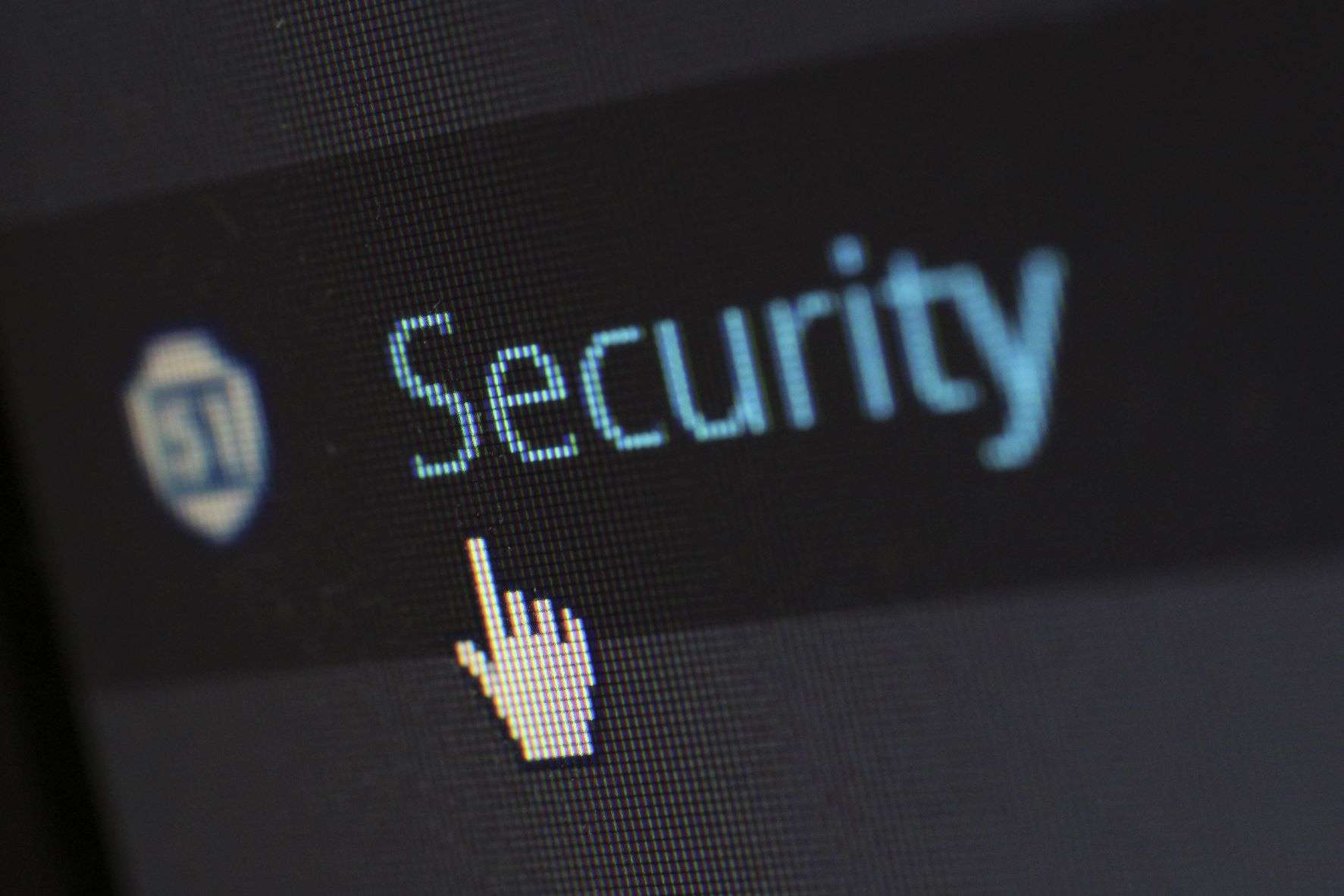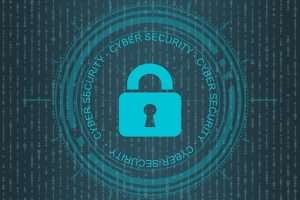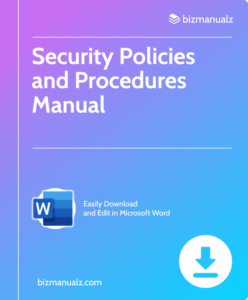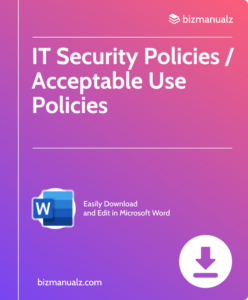Who Writes Security Policies for a Company?

Security policies are a must for any company. They set up guidelines and protocols to defend sensitive information and avoid security breaches. These policies give staff a security framework to stick to, making sure consistency and responsibility in keeping safety. Who writes security policies for a company?
Overview of Security Policies and Procedures
Security policies and procedures are essential for securing a company’s assets and keeping sensitive info safe. They provide rules for employees to prevent potential threats.
Have a look at this table that explains the key components:
| Component | Description |
|---|---|
| Policy | Rules and guidelines outlining appropriate security measures. |
| Procedures | Step-by-step instructions on security-related tasks and processes. |
| Access Control | Regulating access to resources based on user roles and privileges. |
| Incident Response | Protocol for detecting, responding to, and mitigating security incidents. |
| Physical Security | Restricting physical access to resources, such as locks, surveillance systems, and alarms. |
| Network Security | Safeguarding network infrastructure by using firewalls, intrusion detection systems, and encryption. |
Additionally, it is important to consider other details like updating security policies, conducting audits, and providing training on cyber best practices.
Security policies and procedures have been around for decades. They started as early policies, and now they are and integral part of today’s cyber security management. They act as silent protectors of a company.
The Importance of Security Policies
Security policies are a must for any company. They set up guidelines and protocols to defend sensitive information and avoid security breaches. These policies give staff a framework to stick to, making sure consistency and responsibility in keeping safety.
Outlining precise expectations and activities, security policies create a unified method to secure confidential data. They cover all sorts of aspects such as access control, password management, network security, data encryption, incident response plans, and staff training. Without these policies, companies are exposed to bad attacks that might lead to financial loss, damaged reputation, and legal consequences.
Furthermore, security policies are also significant for regulatory compliance. Many industries have lawful demands concerning the protection of customer data or intellectual property. By adhering to these standards by means of well-defined policies and procedures, organizations prove their commitment to holding a safe atmosphere for both internal stakeholders and external customers.
In today’s ever-evolving cybersecurity landscape, it is essential for businesses to stay up to date with the latest threats and vulnerabilities. Security policies must be checked and updated to address developing risks correctly. Additionally, companies should think about involving suitable stakeholders like IT specialists or advisors in the policy development process to guarantee comprehensive coverage.
To prioritize your company’s sensitive information safety and reduce potential security risks, act now! Make sure you have strong security policies and procedures that follow industry best practices. Doing this will ensure that your organization is actively working to ward off threats and protect valuable assets from cybercriminals. Don’t wait until it’s too late – invest in your company’s security today!
Roles and Responsibilities in Developing Security Policies
The team that develops security policies plays a crucial part in protecting a company’s assets and info. This team needs key individuals such as:
- Chief Information Security Officer (CISO): To provide leadership and guarantee that policies meet industry standards and legal regulations.
- Information Technology (IT) Manager: To translate technical needs into policy language, and ensure policies are in line with the company’s tech and infrastructure.
- Human Resources (HR) Manager: To add employee-related aspects to the policies, and make sure employees are aware of their part in cybersecurity.
- Legal Counsel: To check that policies obey legal laws, regulations, and contracts. They assess any related legal risks and offer guidance on liability.
- Stakeholders: Department heads, managers, and employees from different divisions should be included to create guidelines that take into account each department’s needs.
Also, external consultants or auditors should be asked for expert advice on industry best practices. Regular reviews and updates of the policies should be done to combat new threats or changes in the organization. That way, the company is able to easily adapt to changing cybersecurity needs.
Data breaches have shown how vital security policies and procedures are. For example, Equifax’s 2017 breach exposed millions of people’s personal info due to poor data protection. It’s clear that companies need comprehensive security policies and procedures to protect their assets and reputation.
Collaboration and Communication in Policy Development
Open channels of communication are key! Close collaboration between departments helps to share ideas quickly. Involving stakeholders, like IT teams, legal experts, and management, ensures comprehensive policy development.
Cross-functional cooperation builds a holistic understanding of security requirements and helps to align policies. Scheduled meetings encourage communication and consensus-building. Collaborative platforms allow real-time editing and feedback, making the policy development process simpler.
Getting feedback from employees makes policies better and builds a sense of ownership. Transparency and trust-building are also important. Training sessions can further educate employees on security policies and involve them in the development process.
Ready or not: updating security policies is like playing hide and seek but with higher stakes.
Implementing and Updating Security Policies and Procedures
Securing a company requires implementing and updating security policies and procedures. Follow this 3-step guide:
- Assess: Conduct a full assessment of current measures, identify potential vulnerabilities, evaluate existing policies, and analyze any gaps.
- Develop: Create clear and concise security policies and procedures, make sure they are easy to understand and documented well, and adhere to industry best practices. Break them down into sections for data protection, access control, incident response, etc.
- Train & Update: Educate employees on their roles and responsibilities in maintaining security. Regularly train and raise awareness about threats. Stay up-to-date with cybersecurity trends to update policies in response to evolving threats.
Furthermore, create a team with expertise in cybersecurity to oversee policy implementation and updates. Monitor adherence to protocols, and make necessary adjustments as needed. Remember that policy implementation is ongoing, so review regularly and proactively stay ahead of emerging threats and changes in the organization.
Outsourcing and Third-Party Involvement in Policy Development
Outsourcing and involving external parties in policy creation is key to creating secure protocols for a business. Professionals from outside bring new perspectives, knowledge, and industry insights. This can boost the efficiency of security protocols.
- A Wider View: Outsourcing provides a variety of experiences and outlooks that make policies more comprehensive.
- Specialized Knowledge: Third-party experts possess specialized skills in policy creation and security measures, so they can design frameworks to match certain industries or needs.
- Industry Awareness: External consultants are up to date on trends and regulatory changes, so policies are always in sync with best practices and compliance standards.
- Unbiased Evaluation: Outsourcing allows for and impartial look at existing protocols, spotting any gaps or mistakes that may have been missed internally.
- Efficient Use of Resources: Employing external professionals allows internal staff to focus on their duties, while still making sure policy development gets the attention it deserves.
For smaller companies that don’t have the expertise or resources, outsourcing policy development is especially beneficial.
To get the most out of it:
- Define Goals Clearly: Make sure the third-party professionals understand your company’s precise goals and requirements.
- Keep Communication Open: Ensure effective work by maintaining open lines of communication between all stakeholders.
- Give Access: Make sure the external experts have access to info, systems, and personnel that can give insights into existing processes or possible weaknesses.
By following these tips, companies can make smart use of external policy development and draw on the knowledge and perspective of consultants to craft secure protocols that fit their needs. Developing security protocols is as tricky as untangling Christmas lights, without the joy of the holiday season.
Challenges and Considerations in Security Policy Development
Policy development can be a difficult process with many considerations. It demands a thorough assessment of the organization’s needs, compliance regulations, and risks. Moreover, stakeholders such as management, legal advisors, and IT personnel should be consulted for their input.
Let’s go over the factors that are pertinent to policy development:
- Regulatory Compliance: Abiding by laws and industry regulations to avoid fines or legal troubles.
- Organization’s Culture: Crafting policies that coincide with the company’s values, ethics, and goals.
- Security Risks: Identifying threats and vulnerabilities of the organization and implementing controls to lessen them.
- Employee Education: Making sure policies are easy to comprehend by employees through effective communication.
- Ongoing Review and Update: Policies should be regularly reviewed and amended to keep up with changing threats, technology, or legislation.
Apart from these factors, other details must be considered in policy development. For example, striking a balance between security measures and productivity. Plus, policies should be flexible enough to adapt to new technologies without diminishing data integrity.
The notion of policy development dates back several decades. As businesses began to realize the importance of safety practices, they started formulating policies in the 1970s. These initial policies formed the basis for later developments in protecting digital infrastructure and sensitive data.
A Collective Effort for Effective Security Policies
In today’s business world, security is key. IT Security Policies and procedures are vital for protecting data, reducing risks and fulfilling regulations. But, formulating these is not a job for one person or department. It needs a joint effort from various stakeholders.
When writing security policies, input is needed from different departments: IT, legal, HR and senior management. This brings together ideas and expertise, creating policies that cover all aspects of the business.
Frontline employees must also be involved. They understand the daily operations and can spot potential issues that higher-ups may not. Their contribution can shape policies that are achievable.
External consultants can bring valuable knowledge on threats and regulations that internal people may not be aware of. Their advice can help organizations stay up-to-date with changes.
Frequently Asked Questions

1. Q: Who is responsible for writing security policies and procedures for a company?
A: The responsibility for writing security policies and procedures typically falls on the shoulders of the company’s IT department or a dedicated security team. They are responsible for ensuring that the company’s information and assets are protected from potential threats.
2. Q: What qualifications should the person writing security policies and procedures have?
A: The person responsible for writing security policies and procedures should have a solid understanding of information security principles, industry best practices, and regulatory requirements. They should also have experience in risk assessment and management.
3. Q: How often should security policies and procedures be reviewed and updated?
A: It is recommended to review and update security policies and procedures at least once a year or whenever there are significant changes in the company’s infrastructure, technology, or regulatory landscape. Regular reviews help ensure that the security measures remain effective and up to date.
4. Q: Are there any legal requirements for companies to have security policies and procedures?
A: While specific legal requirements may vary depending on the industry and jurisdiction, many regulations, such as the General Data Protection Regulation (GDPR), require companies to have appropriate security measures in place to protect personal data. Implementing security policies and procedures helps demonstrate compliance with such regulations.
5. Q: How can employees be involved in the process of writing security policies and procedures?
A: It is important to involve employees from various departments and levels in the process of writing security policies and procedures. Their input can help identify specific risks and provide valuable insights. Regular training and awareness programs also assist in ensuring that employees understand and follow the established policies and procedures.
6. Q: What happens if a company fails to have proper security policies and procedures in place?
A: Failing to have proper security policies and procedures can leave a company vulnerable to security breaches, data loss, and regulatory non-compliance. In addition, it can negatively impact the company’s reputation and result in financial losses. Therefore, it is crucial for companies to prioritize the development and implementation of robust security policies and procedures.

















Leave a Reply